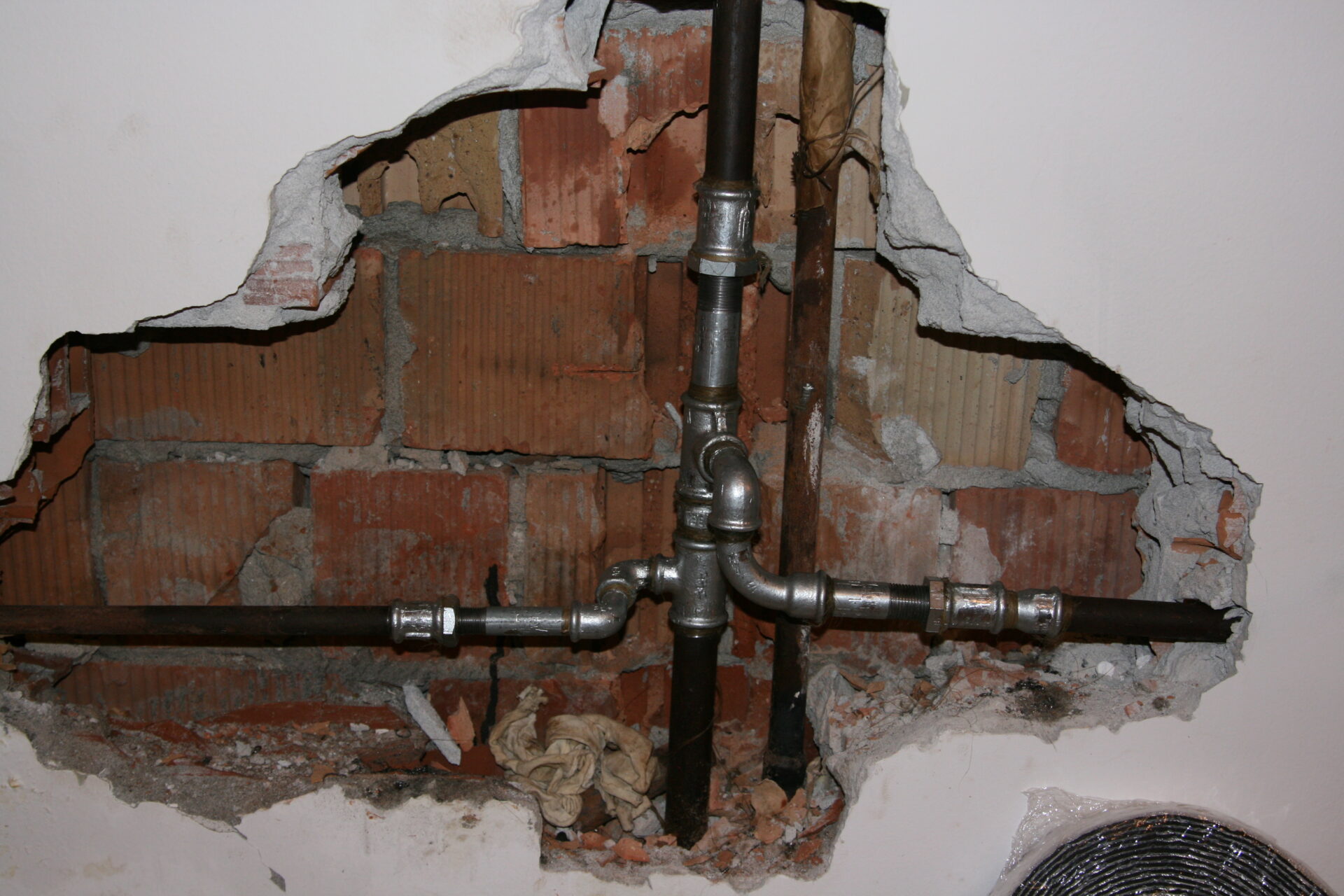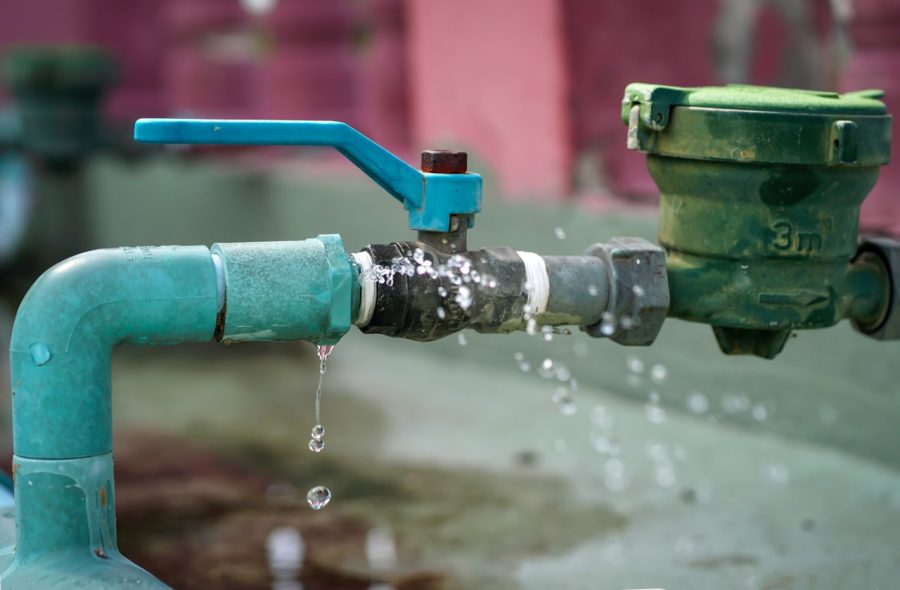How to Solving Plumbing Challenges in Older Homes
How to Solving Plumbing Challenges in Older Homes
Blog Article
Were you interested in suggestions concerning Common Plumbing Challenges In Old Buildings?

Older homes usually include charm, personality, and history, however they can also bring a host of pipes issues. Whether you're managing aging pipelines, low water pressure, or leaks, understanding how to address these common troubles is vital to maintaining a risk-free and functional home. In this overview, we'll explore the regular pipes challenges dealt with by older homes and provide functional solutions to maintain your pipes in leading shape.
Recognizing Common Pipes Problems
Aging Pipelines
One of one of the most common concerns in older homes is maturing pipes. Depending upon the era in which your home was constructed, the pipes may be made from products that have degraded with time, such as galvanized steel, cast iron, or even lead. These materials can wear away, become fragile, or establish leakages, leading to water damage and potential health hazards.
Low Tide Stress
If you're experiencing low tide pressure, it could be because of natural resources, deterioration inside the pipes, or old fixtures that are no longer working successfully. This can be a major trouble, specifically in areas like showers and sinks.
Leaking Pipes
Leaks are one more constant issue in older homes, typically brought on by rusty or damaged pipes. Even small leakages can bring about substantial water damage, mold growth, and enhanced water expenses otherwise resolved promptly.
Outdated Fixtures
Outdated plumbing fixtures such as faucets, bathrooms, and showerheads not only look old however may likewise be less effective, vulnerable to leakages, or inappropriate with contemporary pipes requirements.
Pipeline Rust
Deterioration is an usual trouble in older pipelines, particularly those made from galvanized steel or cast iron. Rusty pipelines can limit water flow, trigger discoloration, and ultimately lead to leakages or pipeline ruptureds.
Examining the Condition of Your Pipes
Examining Visible Pipelines
Begin by checking any type of visible pipes in your house, such as those in cellars, crawl spaces, or under sinks. Seek indicators of deterioration, leakages, or rust, which can indicate underlying concerns.
Looking for Leakages
Look for leaks by inspecting locations around taps, bathrooms, and under sinks. You can also monitor your water meter before and after a duration of no water utilize to find concealed leaks.
Water Top Quality Screening
Older pipelines can impact the quality of your water. Conduct a water quality examination to look for contaminants such as lead, corrosion, or various other contaminations that may be introduced by maturing pipes.
Solutions for Common Pipes Concerns
Replacing Aging Pipelines
If your home has old, degrading pipes, consider changing them with modern materials like copper or PEX. This can be a significant financial investment, but it will certainly stop future issues and boost the safety and security and dependability of your pipes system.
Taking Care Of Low Water Stress
To fix low tide pressure, beginning by cleansing or replacing old components and removing mineral build-up in the pipes. If the trouble continues, it might be essential to replace areas of corroded pipes.
Repairing and Changing Leaking Pipes
For tiny leaks, you can make use of pipe clamps or epoxy putty as a short-lived repair. Nevertheless, it's best to change leaking pipes entirely to avoid additional damages.
Upgrading Components
Updating old fixtures to modern-day, water-efficient designs can improve your home's plumbing efficiency and lower water usage. Seek fixtures with the WaterSense label for the best performance.
Handling Pipeline Deterioration
If your pipes are rusted, changing them with corrosion-resistant materials like copper, PVC, or PEX is the very best remedy. Regular assessments and water top quality maintenance can aid avoid additionally deterioration.
When to Call a Professional
While some plumbing problems can be taken care of with do it yourself options, there are times when it's ideal to hire an expert. If you're managing significant leaks, extensive deterioration, or are unclear about the condition of your pipes, a certified plumbing professional can provide skilled analysis and fixing.
Preventive Upkeep Tips
Regular Assessments
Regularly examine your pipes system for indicators of damage. Capturing concerns early can protect against pricey fixings down the line.
Water Pressure Policy
Ensure your water pressure is within the recommended range to avoid stressing your pipes and fixtures. A plumbing can install a pressure regulatory authority if required.
Water Top Quality Upkeep
Mount water filters or conditioners if your water top quality is poor. This can secure your pipes and fixtures from damage caused by hard water or contaminants.
Proactive Pipeline Substitute
If your home has very old pipes, take into consideration proactive substitute prior to major issues arise. This can conserve you from emergency situation repair services and water damages.
Conclusion
Dealing with pipes concerns in older homes needs a combination of alertness, preventive upkeep, and timely upgrades. By understanding the usual obstacles and understanding when to seek professional aid, you can ensure your plumbing system continues to be practical and dependable for years ahead.
Common Plumbing Problems in Older Homes
Older homes have a ton of character from the antique brass faucets, clawfoot tubs, and colorful tile to the Dutch doors, transom windows, and archways, there s a lot to love. Unfortunately, that character often includes old plumbing that s past its prime and isn t fit to support modern appliances.
If you own an older home and are suspicious about strange noises (ghosts?), smells, leaks, or frequent clogs in your plumbing, it's possible that your home s old age is to blame.
Learn more about the most common old house plumbing problems, and what can be done to fix them!
What Are the Most Common Plumbing Problems in Old Houses?
Old, corroded piping. Most older pipes are made of material that corrodes and rusts more easily. Even if over the years some of that piping was replaced with better material, the rest may be damaged or repaired with lower-quality material. Though expensive, it may be the best option to re-pipe your plumbing especially if there s rust or lead in your water. Slow drains. This could be the result of many issues, but most likely because of pipe bellies. These are sags in your drainpipes that happen as your home settles and shifts downward over time, putting pressure on your pipes and creating negative slopes. This can restrict water from flowing correctly through them and result in slow drains. Frequent clogging. As you might expect, pipe bellies can also lead to frequent clogging. Another reason for clogging could be due to buildup over time, or blockages from sediment and root growth. Scheduling a drain inspection and drain unclogging service can eliminate this issue. Damaged or failing sewer lines. Old homes are more likely to have foundational shifts and tree root overgrowth. This can put a lot of pressure on and in your sewer lines, leading to damage. Another common reason for failed sewer lines is because of modern appliance upgrades. Newer appliances put more strain on sewer lines, and if your old pipes aren t equipped to handle this, it can result in damage. If you have any wastewater backup, slow drains, or soft spots in your yard, you may need sewer line replacement. Worn or outdated fixtures. Plumbing fixtures old or new aren t built to last forever. Even if your fixtures seem like they re working well, it s best to check the wear on any internal parts. Minor wear and tear over time can lead to more costly leaks and plumbing issues. Our experts can perform a plumbing inspection for any part of your home s plumbing. Improper installations or repairs. Whether your plumbing was installed a hundred years ago, installed incorrectly, repaired incorrectly, or repaired with outdated materials, this can affect the long-term stability of your plumbing. In older homes especially, having your plumbing inspected is vital to preventing damage. What Are Old Plumbing Pipes Made Of?
Galvanized steel. Most often used between the 1930s and the 1980s, this piping material was discovered later in the 1990s to be prone to rust and corrosion, releasing lead into the water, which is dangerous to consume. Copper. Most homes built around the 1960s are likely to have copper piping. Unlike galvanized steel, copper is one of the most durable materials for plumbing pipes. The issue with this material is the risk of lead, which could be present in the piping itself or the solder applied to the joints and fittings. PVC. This material is still used today and was often used in older homes where piping was replaced because it was easy and inexpensive to install. PVC is also very durable, lead-free, resistant to rust and corrosion, and handles high water pressure well. The downside is that hot water can make it warp. How to Fix Plumbing Problems in Old Homes
Have your plumbing inspected. Before you begin or schedule any type of repair, schedule a plumbing inspection. An expert will be able to properly identify all the issues in your plumbing and the best solution to avoid further damage. Get your plumbing repaired or replaced as needed. Depending on the issues found with your plumbing, you may need minor repairs or larger replacements. Make sure these issues are addressed before you tackle any smaller issues. Remove any clogs or buildup. It s likely your old pipes are clogged with debris, mineral buildup, hair, tree roots, and more. Having your drainpipes cleaned will improve overall drainage and help prevent future leaks. Replace old fixtures. Before replacing any fixtures, check with your local plumber first. Not only can new fixtures strain your old plumbing pipes, but installing them incorrectly can lead to costly damage.

Hopefully you enjoyed our section on Main Plumbing Issues Found in Old Houses. Thank you for taking a few minutes to read our short article. Are you aware of someone else who is curious about the niche? Why not share it. We thank you for your readership.
Article Report this page